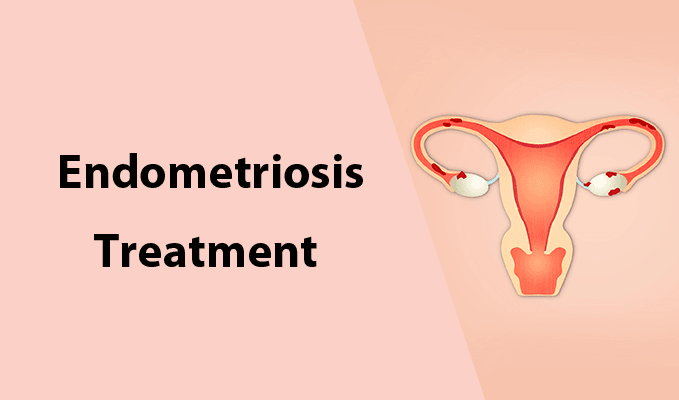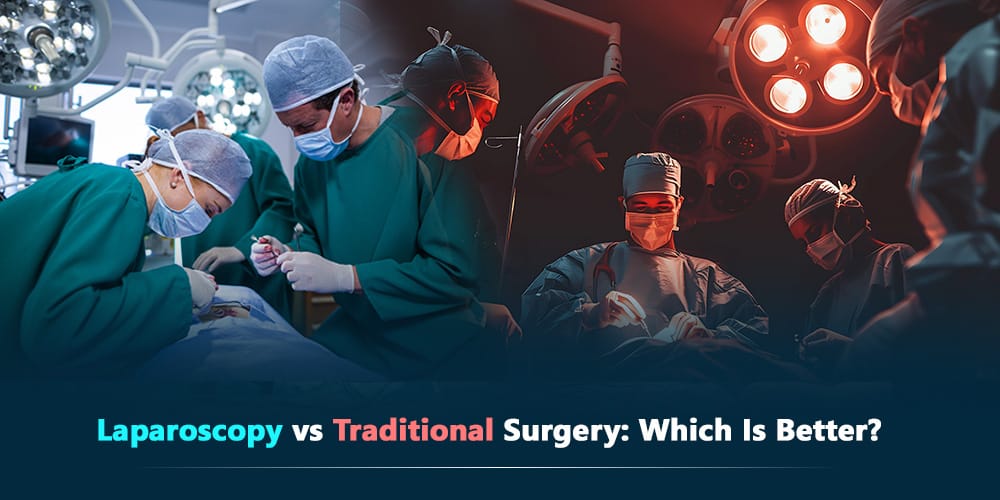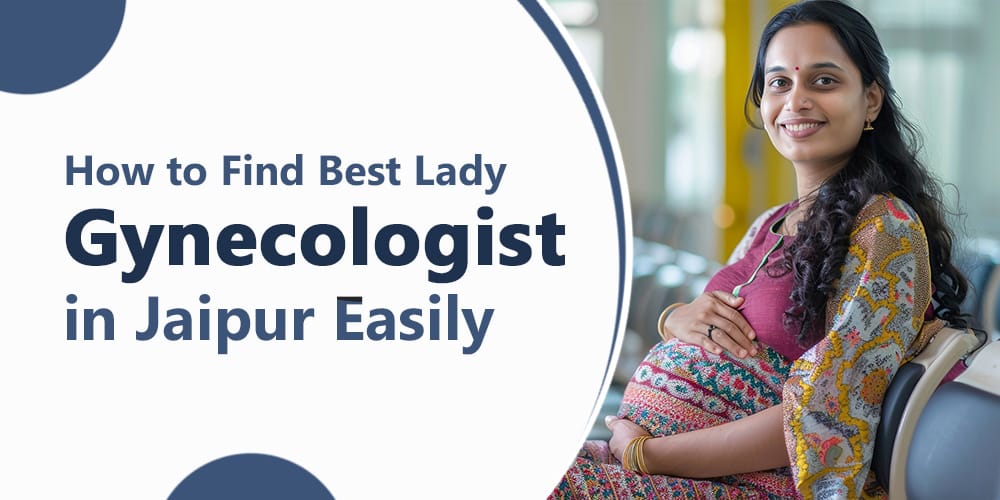Endometriosis is a disease in which tissue that looks like the lining of the uterus grows outside of it. It affects millions of women around the world, causing a lot of pain and sometimes making it hard to get pregnant. As an expert female fertility doctor, my main goal for more than ten years has been to help people with endometriosis understand their condition better.
I, Dr Pankhuri Gautam, a gynecologist and obstetrician in Jaipur, I’ve seen firsthand how endometriosis can have a significant effect on a woman’s life, from crippling pain to problems getting pregnant. I’ve been working hard to change how endometriosis is treated by using my expertise in laparoscopy and knowledge of minimally invasive methods.
Here, I’ll discuss five minimally invasive treatments for endometriosis that have improved my patients’ lives. These methods, based on modern science and my strong dedication to women’s health, give people struggling with this situation hope and a fresh direction.
5 Minimally Invasive Endometriosis Treatments
Endometriosis does not presently have a cure. However, there are treatments available for the discomfort and infertility it causes. Endometriosis Treatment can help you relieve pain, improve fertility, remove endometriosis tissue, and alleviate the probability of the condition returning.
When figuring out the best way to treat endometriosis symptoms, we doctors look at several things, such as:
- How old you are
- The severity of your symptoms
- The severity of the illness
- Whether you want kids or not
Some treatments for endometriosis don’t work well for all women who have it. It’s also possible for endometriosis symptoms to come back after treatment stops or after surgery as more time goes by.
Let’s review five minimally invasive endometriosis treatments that can help you improve your symptoms so that the illness doesn’t interfere with your daily life.
#1 – Nonsurgical Endometriosis Treatments
Medications for pain may help if the pain or other signs aren’t too bad. There are strong prescription pain relievers among these medicines and over-the-counter pain relievers.
NSAIDS, which stands for nonsteroidal anti-inflammatory drugs, are the most popular type of pain reliever.
There isn’t much evidence that these medicines can help with the pain of endometriosis. Figuring out which drugs ease the pain of endometriosis could also help us understand how endometriosis causes pain.
#2 – Hormone Therapy
Medicines that work on hormones can sometimes ease or eliminate the pain of endometriosis. During your period, hormones rise and fall, making endometriosis tissue thicker, break down, and bleed. Chemically made hormones might stop this tissue from growing and stop new tissue from forming.
Hormone therapy does not provide a permanent cure for endometriosis. The symptoms might come back after you stop taking the medicine.
Some of the treatments for endometriosis are:
- Hormonal Contraceptives
Birth control pills, patches, shots, and vaginal rings can help keep the hormones that cause endometriosis in check. When a lot of women use hormonal birth control, their periods become lighter and shorter. Hormonal birth control may help ease or get rid of pain in some cases. People who take birth control pills every day for a year or more are more likely to feel better.
- Gonadotropin-releasing Hormone (Gn-RH) Agonists and Antagonists.
These medicines stop your period and lower your estrogen levels. Endometriosis tissue gets smaller because of this. These medicines make a fake menopause happen. Taking Gn-RH agonists and antagonists with a low amount of estrogen or progestin may help ease the symptoms of menopause. Some of these are genital dryness, hot flashes, and bone loss. When you stop taking the medicine, your periods and capability to get pregnant return.
- Progestin Therapy
Progestin is a laboratory-created hormone that regulates the menstrual cycle and pregnancy. Several types of progestin medicines can stop periods and endometriosis tissue from growing, which may improve symptoms. Among the progestin treatments are Skyla, Mirena, and other small devices put in the uterus that release levonorgestrel, Nexplanon, Depo-Provera(birth control shot), or Camila, Slynd (progestin-only contraceptive pill).
- Aromatase Inhibitors.
These are a type of drug that reduces the quantity of estrogen in the body. To treat endometriosis, your healthcare provider might suggest an aromatase inhibitor in addition to progestin or combination birth control tablets.
#3 – Laparoscopy
Surgery may be needed for people with more advanced endometriosis, pain that doesn’t get better with other treatments, or who are trying to get pregnant. Laparoscopy is the treatment that doctors use most often to treat endometriosis.
During this operation, your surgeon will make a few minor cuts in your belly. They make one cut and insert a thin tube with a camera and a light. They then insert small tools into the other cuts. These tools can either remove endometrial tissue or damage the tissues with strong heat.
The surgery can also remove any scar tissue that has formed. Compared to traditional open surgery (laparotomy), laparoscopic surgeries generally have shorter recovery times and more minor scars.
#4 – Hysterectomy
A hysterectomy is a surgical operation in which the uterus is removed. Doctors may suggest this to treat endometriosis. Along with or instead of a hysterectomy, your doctor may also suggest an oophorectomy, which is the removal of the ovaries. It will stop your body from making hormones, which should get rid of endometriosis for good, but it will also put you through menopause.
Taking out the ovaries will lower estrogen levels significantly and slow or stop the growth of endometrial tissue. But it comes with the risks and side effects of menopause, such as hot flashes, bone loss, heart disease, less desire to be sexual, memory loss, sadness or anxiety, and depression. For these reasons, the patient and their doctor choose to continue with oophorectomy based on case-specific considerations and the patient’s personal objectives.
You won’t have a uterus after a hysterectomy, so you won’t be able to get pregnant or carry a baby. Talk to your doctor about other ways to treat the condition if you want a child.
After having their ovaries taken out, women who still have their uterus may be able to get pregnant with IVF. A doctor can take eggs from your ovaries before the surgery and store them so that they can be fertilized and implanted in your uterus later. Alternatively, an egg donor can be used.
#5 – Fertility treatment
Endometriosis can make it hard to get pregnant. If you are having trouble getting pregnant, your healthcare team may tell you to try fertility treatment. Your doctor may send you to a reproductive specialist who is trained to treat infertility. Some medicines used to treat infertility can help the ovaries make more eggs. Also, a set of processes called in vitro fertilization can be used to mix eggs and sperm outside of the body. The best solution for you will depend on your unique circumstances.
Conclusion
During my ten years of work in this area, seeing how these five minimally invasive endometriosis treatments have changed people’s lives has been truly inspiring. Every method, from revolutionary surgical methods to new hormonal therapies, is a big step forward in the fight against this widespread condition.
The feedback that I’ve gotten from my patients, who have felt a lot better and more energetic after the treatment, makes me even more sure that these methods work. Although these methods are still being improved and new areas of endometriosis care are being explored, I am still dedicated to giving my patients choices that ease their pain and improve their quality of life.
Contact me, and let’s discuss how we can improve your life by treating endometriosis.





